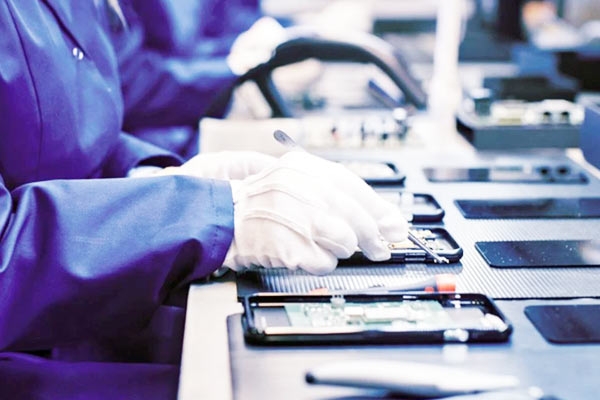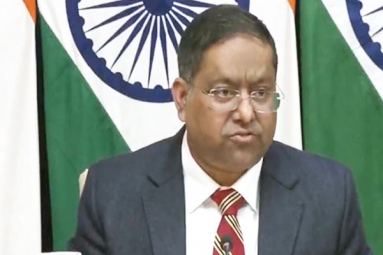
(Image source from: Business-standard.com)
India has emerged as the biggest provider of smartphones to the US for the very first time, surpassing China, and Apple played a key role in making this happen. As per fresh statistics from the research company Canalys (which is now part of Omdia), smartphone shipments from India to the US skyrocketed by an astounding 240 percent in the second quarter of 2025. These devices now represent 44 percent of all smartphones sent to the US during this time, rising from just 13 percent the previous year. Meanwhile, China's share drastically dropped to 25 percent, down from 61 percent in the second quarter of 2024. The factors behind this change include adjustments in supply chains, trade conflicts, and Apple's increasing reliance on Indian factories to satisfy US demand. Over the last few years, Apple has been gradually increasing its manufacturing presence in India, and this strategy is showing clear benefits. "For the first time in Q2 2025, India has become the top manufacturing center for smartphones sold in the US, mainly due to Apple’s quick supply chain move to India amid uncertain trade relations between the US and China," stated Sanyam Chaurasia, Principal Analyst at Canalys.
As the US and China keep facing off over tariffs and trade rules, smartphone companies are beginning to reconsider how they handle manufacturing. For Apple, this has translated to producing more iPhones in India — notably the regular models like the iPhone 16 and iPhone 15 — while still depending on China for the larger-scale making of Pro models. However, that balance appears to be changing. In fact, Apple has initiated the assembly of some iPhone 16 Pro models in India, although its main Pro production is still largely reliant on Chinese facilities for the time being. Other brands like Samsung and Motorola have also increased sending India-made phones to the US, but their impact on this trend remains smaller compared to Apple. For example, Samsung largely continues to depend on Vietnam for most of its output. Motorola’s supply chain mainly originates in China, but it has ramped up production from Indian plants in recent months.
The overall message here is that US smartphone manufacturers are clearly aiming to spread out where they assemble their devices. Canalys analysts suggest that fears about tariffs and unpredictable trade policies have compelled companies to stock up on inventory (obtaining a substantial amount of stock sooner than normal or before expected demand) and quickly modify their sourcing strategies. India’s expanding role as a manufacturing center for worldwide smartphone brands indicates it is becoming an important player in this market, not just for budget devices but for premium products as well. Yet, despite this significant shift in supply chains, the US smartphone market itself saw only a growth of 1 percent in Q2 2025. iPhone shipments experienced an 11 percent decline from the previous year, while Samsung’s shipments increased by 38 percent. Motorola also experienced a slight increase of 2 percent, with Google and TCL completing the top five brands.












